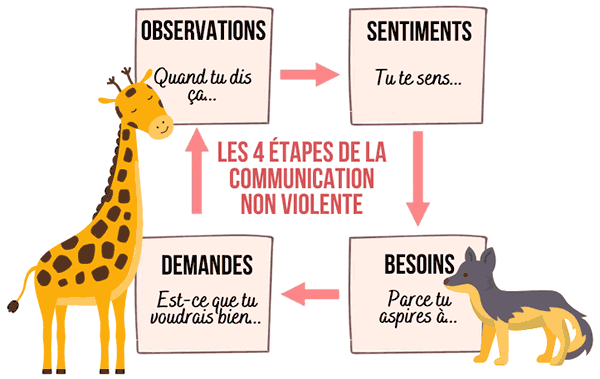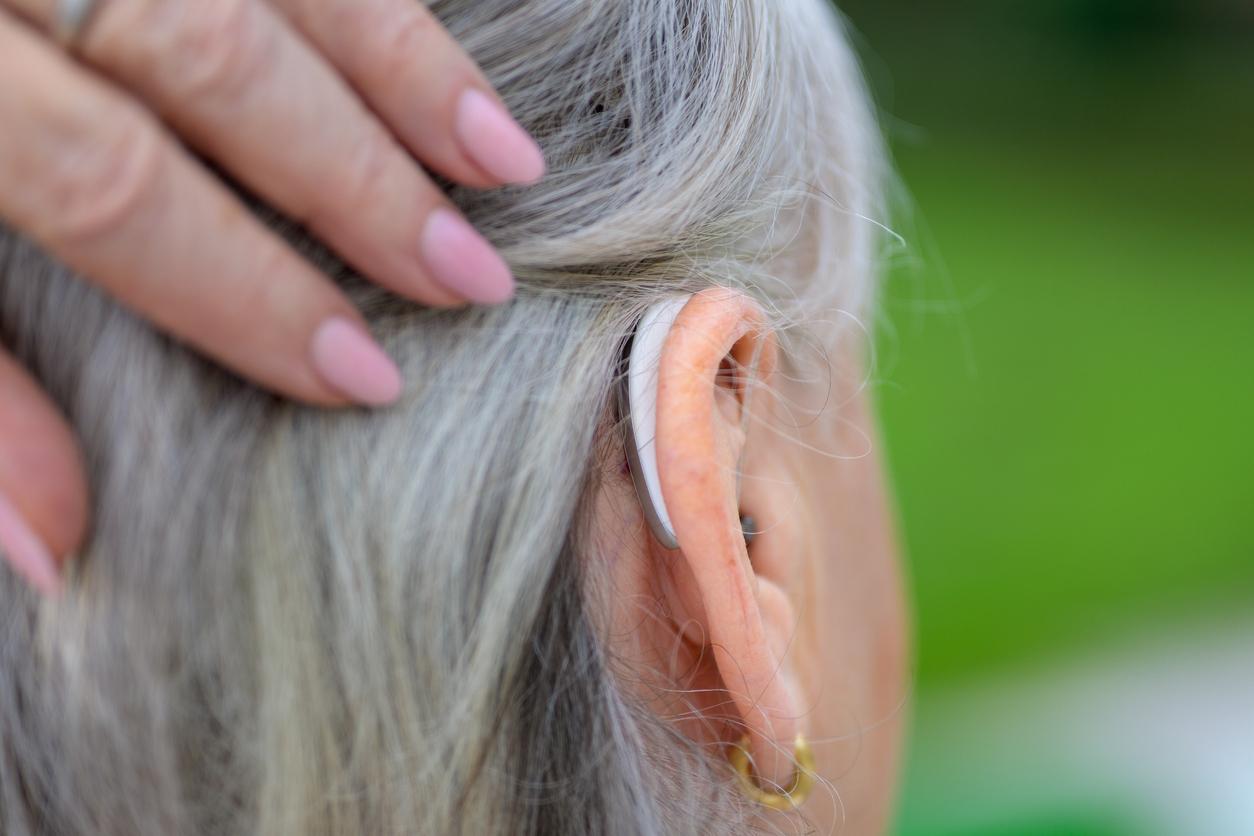American researchers have developed an adhesive patch for the neck that decodes throat movements and would thus help mute people to speak.

- Scientists have developed a flexible, thin and extensible patch, which can be stuck to the throat.
- With the help of a machine learning algorithm, it detects signals generated by the movements of the laryngeal muscles and converts them into audible speech.
- The prediction accuracy of this device is 94.68%.
Voice is an essential element that underpins social interactions. Indeed, all of the sounds produced by the vibrations of the vocal cords serve as a melody to our speech and imbue our articulated thoughts with expression, emotion, intention and mood. Problem: People with voice disorders, including those with vocal cord disease or those recovering from laryngeal cancer surgery, often have difficulty or are unable to speak. However, this could soon change.
A patch to stick to the throat detects signals generated by movements of the laryngeal muscles
Recently, scientists at the University of California, Los Angeles (United States) developed a flexible, thin, sweat-resistant and stretchable device. This tool, which is similar to a patch and sticks to the throat, could help mute people regain their voice function. Linked to artificial intelligence, more precisely to a machine learning algorithm, it is capable of detecting and interpreting the signals generated by the movements of the muscles of a patient’s larynx and then translating and converting them into audible words. According to the team, the patch components each contain two layers: a layer of biocompatible silicone, polydimethylsiloxane (PDMS), with elastic properties, and a magnetic induction layer made of copper induction coils. “Between the two components, a fifth layer containing PDMS mixed with micromagnets generates a magnetic field.”
Nearly 95% accuracy
As part of a study, published in the journal Nature Communications, the researchers wanted to test this device. For this, they recruited eight healthy adults. They collected data on laryngeal muscle movements and used a machine learning algorithm to associate the resulting signals with certain words. Participants had to say several sentences out loud and silently. For example, “Hello Rachel, how are you today?” or “I love you!” The results showed that the patch prediction accuracy was 94.68%.
“This new device provides a portable, non-invasive option that can help patients communicate during the pre-treatment and recovery period following treatment for voice disorders,” said Jun Chen, who developed the device. In the future, the team plans to continue expanding the device’s vocabulary through machine learning and test it on adults with voice disorders.















